Understanding Neck Pain: The Connection to Degenerative Changes and Adhesion
Neck pain can be a debilitating condition that affects many individuals, leading to reduced quality of life and decreased ability to perform daily activities. This condition is often related to degenerative changes and adhesion, which are caused by increased load and decreased range of motion. I’ll explain the connection between neck pain, degeneration, and adhesion, and tell you how to relieve the symptoms and prevent further damage.
What is Adhesion?
Adhesion is the buildup of collagen fibers from damage to tissues. This damage can occur from various causes, including injury, surgery, and disease. Adhesion can cause the affected tissues to stick together, resulting in decreased range of motion and increased load on the affected area.
How Does Adhesion Lead to Degenerative Changes?
When adhesion builds up in the neck, it can lead to decreased range of motion and increased load on the neck. Over time, this can cause the neck to degenerate, leading to chronic pain, reduced mobility, and decreased quality of life.
The Connection between Neck Pain and Adhesion
Neck pain is often a direct result of the degenerative changes caused by adhesion. As adhesion builds up, it can cause the neck to become inflamed, leading to pain and reduced mobility. In turn, this can lead to further degeneration, perpetuating the cycle of neck pain and decreased range of motion.
The Benefits of Removing Adhesions
Removing adhesions is a proven method for relieving neck pain and reducing the degenerative process. By releasing the inflammation and restoring full range of motion, adhesion removal can help the neck to heal and reduce the symptoms of neck pain.
Finding a Specialist in Adhesion Removal
Finding a specialist (like us!) in adhesion removal is essential for getting the most effective treatment for neck pain. We have the training and experience necessary to identify and treat the underlying causes of neck pain.
Neck pain can be a challenging condition, but understanding the connection between adhesion, degeneration, and neck pain can help individuals to find relief. By removing adhesions and restoring range of motion, individuals can reduce the symptoms of neck pain and prevent further damage. Finding a specialist in adhesion removal is essential for getting the most effective treatment, so don't hesitate to seek help if you're struggling with neck pain.
FAQs
What is adhesion?
Adhesion is the buildup of collagen fibers from damage to tissues, resulting in decreased range of motion and increased load on the affected area.
How does adhesion lead to degenerative changes in the neck?
When adhesion builds up in the neck, it can lead to decreased range of motion and increased load on the neck. Over time, this can cause the neck to degenerate, leading to chronic pain, reduced mobility, and decreased quality of life.
Can removing adhesions relieve neck pain?
Yes, removing adhesions is a proven method for relieving neck pain and reducing the degenerative process. By releasing the inflammation and restoring range of motion, adhesion removal can help the neck to heal and reduce the symptoms of neck pain.
How can I find a specialist in adhesion removal?
You can search for a specialist in adhesion removal by searching online or by asking your healthcare provider for recommendations. It's important to find a specialist with the training and experience necessary to identify and treat the underlying causes of neck pain.
How can I prevent adhesion from forming in my neck?
There are a few steps you can take to help prevent adhesion formation in your neck:
Avoid repetitive motions: Repetitive motions can cause strain and damage to the tissues in your neck, leading to adhesion formation. Avoid activities that require repetitive motions, such as prolonged computer use or repetitive manual labor.
Maintain good posture: Poor posture can increase the stress on the tissues in your neck and increase your risk of developing adhesion. Make sure to sit and stand with good posture, and avoid hunching over.
Exercise regularly: Regular exercise can help maintain the range of motion in your neck and reduce your risk of developing adhesion. Make sure to include neck and upper back stretching exercises in your routine.
Avoid injury: Avoid activities that increase your risk of neck injury, such as contact sports or activities that require sudden, forceful movements.
Manage stress: Stress can cause tension and tightness in your neck, leading to adhesion formation. Practice stress management techniques, such as deep breathing or meditation, to help reduce stress and maintain neck health.
